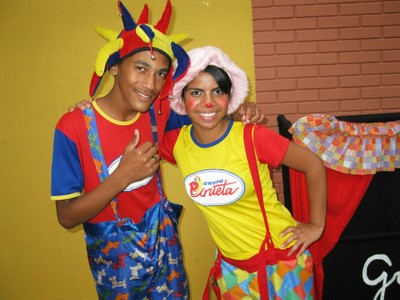Child Sponsorship background from Brasília, Brazil
 SOS Children's Village Brasília
SOS Children's Village Brasília
SOS Children's Village Brasília was opened on 13 October 1968. Brasília, the country's artificially created capital, which was founded in the mid-1950s, has a population of about two million. The city was designed by Brazilian urban planner Lúcio Costa, while Oscar Niemeyer was the architect of most of the public buildings. Costa had intended the city to be shaped like a butterfly but it ended up being shaped like an airplane. Until 1960, Rio de Janeiro had been the country's capital, and resources tended to gravitate to the southeast of the country. Brasília's location was to promote the development of the country's interior and to better integrate the entire territory of Brazil. Most jobs in the city are in public administration or government. There is no industry but small enterprises have been promoted from the beginning. About two thirds of the population live in the huge slums on the outskirts.
SOS Children's Village Brasília is situated in the north of the city and consists of many family houses for well over 100 children, the village director's house, a house for the so-called SOS aunts (SOS mother trainees or family helpers who support the SOS mothers during their daily work and fill in for them when they are ill or on leave), and an administration and service area. The children who live at the SOS Children's Village usually attend state-run kindergartens and schools in the neighbourhood.
Background to Brasília
Brasília is the capital of Brazil. The city and its District are located in the Central-West region of the country, along a plateau known as Planalto Central. It has a population of about 2,557,000 (3,599,000 in the metropolitan area).

 Return to Schools Wikipedia Home page…
Return to Schools Wikipedia Home page…
